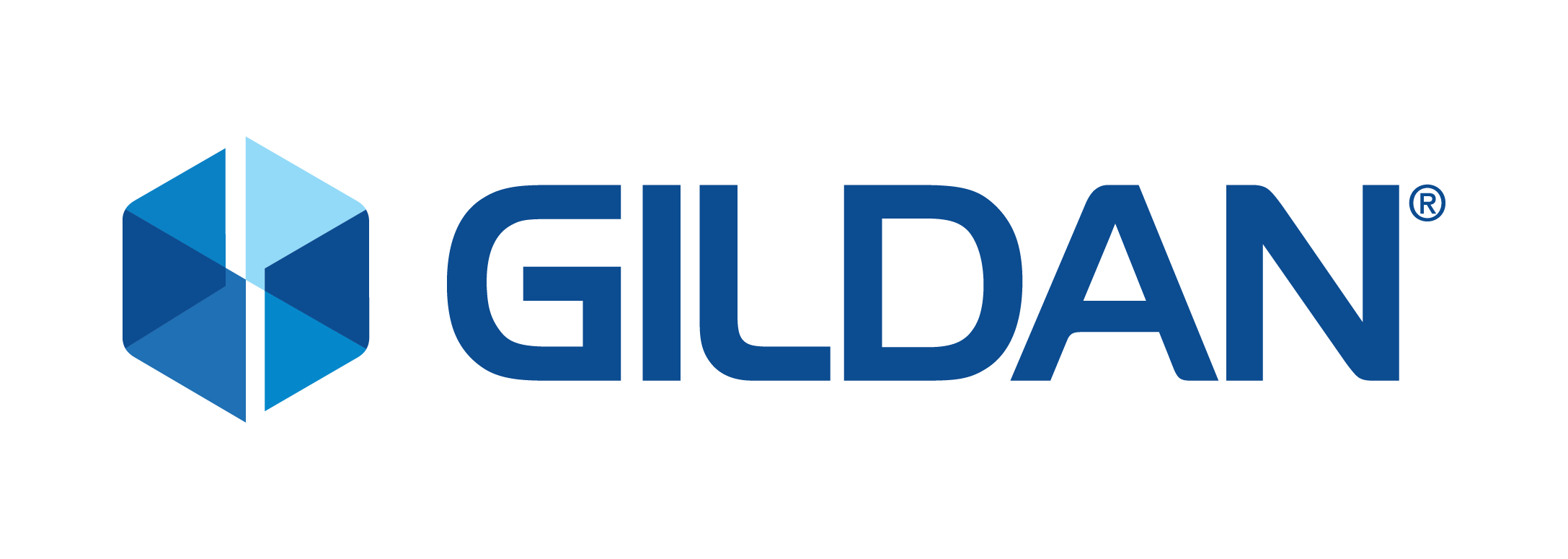How Gildan is Managing and Minimizing Supply Chain Disruption During COVID-19
Manuel Romero, Vice President of Supply Chain at Gildan explains how the Company’s vertical integration allows them to minimize disruption caused by the COVID-19 pandemic

Everyday, we use and consume goods that have been made in many parts of the world; like the food we eat, the objects we use, and the clothes we wear. The creation of these products involves many moving steps before they reach their final destination, and this all depends on functioning global supply chains.
As the COVID-19 pandemic spread in early 2020, its impacts disrupted economies at scale and in turn caused unprecedented disruption to global supply chains, including volatile or muted demand resulting from social distancing measures, difficulty sourcing raw materials, changes to global transit routes, inventory misalignment, and, of course, health and safety concerns in factories. This disruption exposed many of the weaknesses behind these supply chains, specifically of those which are highly decentralized like the ones of the fashion and apparel industry. Companies and brands whose tiers 1 and 2 are formed by external suppliers – especially suppliers located in Asia may have experienced significant disruption over the past few months.
Manuel Romero, Vice President of Supply Chain at Gildan, one of the largest apparel manufactures in the world, explains how the Company’s unique business model in the apparel industry has allowed them to minimize supply chain disruption on their business:
“Gildan’s operations are quite unique compared to the more conventional decentralized model we often see in the fashion and apparel industry. Our supply chain is primarily vertically-integrated, which means that we own and operate our tier 1, 2, and 3 manufacturing processes – like yarn-spinning, textiles, sewing, and distribution – which provides us with unparalleled control and visibility across the full value chain.
For instance, we know that COVID-19 impacted many companies’ ability to source raw materials; however, for Gildan, the impact was minimal because our main raw material is cotton, and almost all of our cotton is sourced from the United States. After purchasing our cotton, it is transported to our yarn-spinning facilities, which are strategically located nearby in North Carolina and Georgia.
Early on during the pandemic, when social distancing measures were put in place across various countries where we have operations, we were able to idle our facilities following government regulations while having full oversight on what was happening and how our employees were doing. We started holding regular meetings with employees who represented each part of the business to talk about any changes that impacted our supply chain, how to adapt our operations, and how to better take care of our people. We worked closely with our local teams and collaborated with local governments, NGOs, and union representatives where applicable to ensure employees’ rights were respected and that they were receiving constant support during this crisis.
When we decided to manufacture personal protective equipment (PPE) to support the global fight against the COVID-19 pandemic, we mobilized a team of experts who developed and implemented stringent health and safety processes, as well as a strict biosecurity protocol. In the meantime, our manufacturing teams were able to adapt our operations to incorporate the production of PPE under a short delay. Our ability to retool our supply chain was directly linked to the way we operate, which allows us to streamline processes and maintain communication between and within all parts of our business.
The impacts of COVID-19 will be a catalyst for change around how supply chains function moving forward. This pandemic is a true wake-up call on how goods are produced in today’s world, and it has showcased the vulnerabilities that can come with decentralized global supply chains. We’re already seeing many brands talk about the possibility of implementing new ways to track products, improve transparency, and streamline communication and collaboration between stakeholders to avoid similar issues in the future. All in all, Gildan’s model has proven to be resilient and beneficial in times like these, so I’m curious to see if similar types of supply chains will become more mainstream moving forward.”

